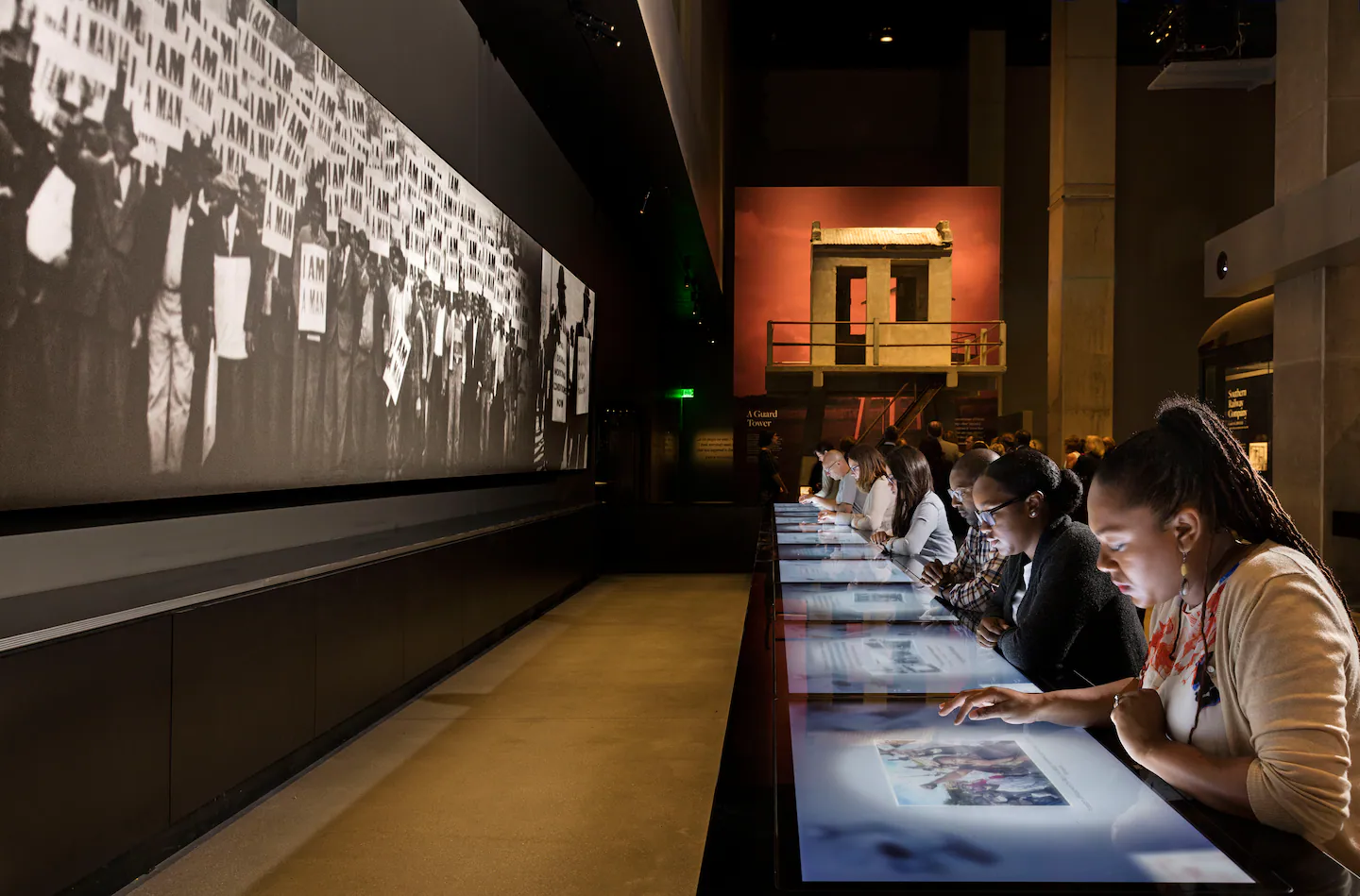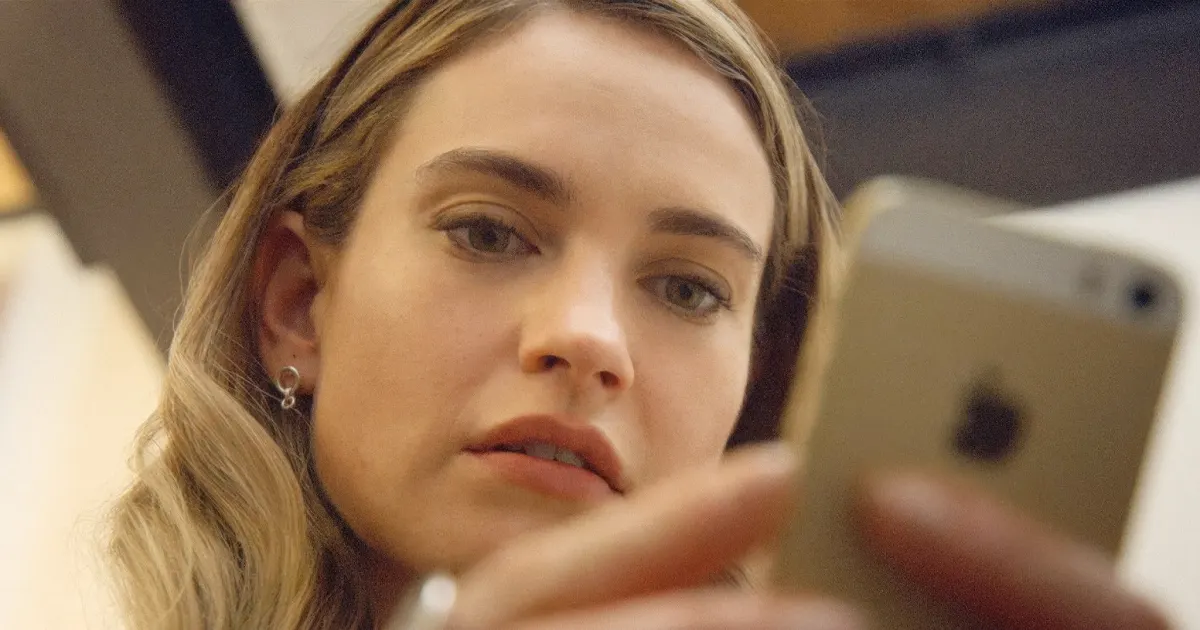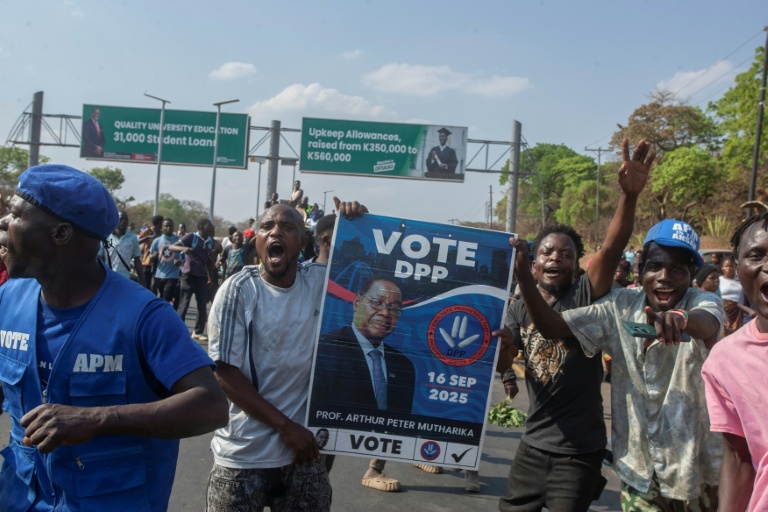
Postponing an exhibition of artists exploring “their identities and experiences as LGBTQ+ people” seems hardly coincidental, given the administration’s hostility to LGBTQ+ content. But another now-shuttered space here had housed “Murmurations,” a sweeping collage of a film installation by the British-Guyanese artist John Akomfrah crowdsourced from protesters during the Black Lives Matter eruption of spring 2020 — an affront, no doubt, to the president’s declaration that BLM was “a symbol of hate.” (The show ended, as scheduled, Aug. 25.)
In a small nearby gallery, “Sanctuary,” by Tsedaye Makonnen, is a mirrored, glowing memorial to dozens killed, in the artist’s words, by violence connected to “the climate crisis, migration, police brutality, sexual violence, transphobia, homophobia, all forms of queerphobia.”
Are these, and others like them, examples of “improper ideology” the president said he would go after in an executive order earlier this year? It seems a fair guess. And it’s just as fair to wonder if the purge has already begun.
Over two steamy-hot days earlier this month, I went to all eight museums in the White House’s crosshairs. I’ve always admired their scholarship and storytelling, and their devotion to an ever-evolving understanding of history, culture, and innovation. This time, my mission was to take in all that stands to be lost.
Along the mall, bored-looking National Guard troops, summoned to the Capitol to join an alleged war on crime, gathered in clusters under the shade of trees along the gravel promenades. Their time here had been famously spent picking garbage and spreading mulch. But here at the literal front door of American enlightenment, their presence heightened the perceived threat.
I imagined the hammer the administration holds — the Smithsonian complex, while independent, derives almost two-thirds of its budget from the federal government. With the anxious creep of paranoia, everything looked like a nail.
At the National Air and Space Museum, I found a display about sexism and stewardesses tucked under the belly of a 747, and huge banners paying tribute to Bessie Coleman and Katherine Johnson, the country’s first licensed Black woman pilot and NASA’s first Black woman mathematician alongside Neil Armstrong and Charles Lindbergh. A brand-new display, “Aerospace and Our Changing Environment,” seems a sure flashpoint: It details “how aerospace innovations help people understand climate change.” (The administration’s assault on climate science is well established and unrelenting).
Across the mall at the National Museum of Natural History, a multimedia presentation on the human causes of rapidly warming oceans unspooled its dire warning just off a sprawling atrium dedicated to sea life. Next door at the National Museum of American History — criticized in August for amending its display on impeachment to remove the current president ( he’s back, correctly, twice) — small details fall away against more sweeping concerns.
Is it the museum’s narrative arc of democratic evolution — the struggle of Black, Indigenous, and women voters to gain the vote — that stands at risk? “Voting rights expanded, contracted, and expanded again as Americans dealt with shifting issues of politics, race, class, and wealth,” reads a text on the wall near its display of objects from the Civil Rights Movement, accurately. “How Did We Become Us?” reads one display, counting Indigeneity, colonialism, and enslavement among those paths. Is that a problem too?
Downstairs, a walled-off area was manned by a friendly museum staff member, offering pamphlets about the National Museum of the American Latino, approved by Congress in 2020; this is the temporary home for its content until its own building is built on the mall.
But will it be? There’s reason to wonder. In front of the barriers that walled off the darkened space, jaunty salsa music echoed through the emptiness, and a big video screen unspooled colorful scenes. It announced “Puro Ritmo: The Musical Journey of Salsa,” due to open in spring 2026. “Presente‚” an exhibition that heralded the new museum’s intended arc of American Latino culture, was meant to stay open in the space until the end of November as a hub of Hispanic Heritage Month this fall; it closed early, in late July instead.
“Presente” had been assailed by conservatives as a hive of left-wing politics, and the new museum along with it. (A paper from the Heritage Foundation, which produced Project 2025, seen as a precise policy blueprint for the Trump administration, last year called the proposed museum a “woke indoctrination factory.”) “Presente,” notably, included “4th of July from the South Border,” a cartoonish painting by New York-based Felipe Galindo of a boy climbing a corrugated border barrier to watch fireworks on the other side. It was singled out in a press release from the White House in August titled “President Trump is right about the Smithsonian” as just the kind of content the administration hoped to weed out from the American cultural conversation.
And there’s little question the institution is treading lightly. At a lunch between President Trump and Lonnie Bunch, the Smithsonian’s secretary, a few weeks ago, Bunch gently proposed that the museums conduct their own review of content, rather than be subject to an administration shock team.
We’ll see how that goes: The Heritage Foundation has been agitating for a cleanse of the museums for years; in a June essay, it declared its dealings with Bunch would be “direct political combat.” Under Bunch, it says, the Smithsonian’s mission has been “to change America’s narrative from one that made citizens proud … to a counternarrative that focuses on where America has fallen short and drums shame into citizens.”
The National Museum of American Art, which shares space with the National Portrait Gallery, will surely receive scoldings. The latter’s shuttered galleries, where the painter Amy Sherald’s “American Sublime” was scheduled to open this month — she canceled the show over a reported disagreement with staff leery of her portrait of a transgender woman, given administration pressures — tells some of that story. Introductory wall text near the show “Out of Many: Portraits 1600 to 1900,” which dares to apologize for the exhibition “reflecting the reality of unequal economic and social structures,” tells a little more. And the American Art Museum’s “Shape of Power,” also singled out by the administration in its August press release, asks the question “How has sculpture given form to racist ideas?” The administration’s critique? The show invited “dialogue and reflection on notions of power and identity,” as though that’s a bad thing.
But the hammer seems sure to fall hardest at the National Museum of the American Indian and the National Museum of African American Culture and History.
At the National Museum of the American Indian, a broader ethos of survival, resilience, and flourishing is couched in comprehensive, hard truth-telling, which almost surely makes it a target: “Nation to Nation” traces the entire arc of colonial-Native American entanglement.
From the treaty roots of early European engagement to the gruesome realities of the Indian Removal Act and Westward Expansion, to the Indian School assimilation programs of the early twentieth century, it tumbles onward to the midcentury government policy of “termination” of Native American self-government, which is just as it sounds. A stirring video, narrated by Robert Redford, offers that arc in detail, including the Nixon administration’s sharp turn in 1970 towards tribal self-determination, a trajectory that continues today.
Just as bold in its allegiance to hard fact is the National Museum of African American History and Culture, an ornate ziggurat next to the Washington Monument. Its permanent history galleries are a mournful triumph, a comprehensive and heartbreaking journey through enslavement and beyond. Its weight, its tragedy, its staggering hardships and cruelty, are countered by the victories of everyday people to overcome its scourge. Above the recreated Woolworth’s lunch counter from Greensboro, N.C., where a 1960 student sit-in protested segregation amid an onslaught of abuse, stirring footage of the Civil Rights Movement cascades past, an electrifying torrent of resolve. It’s one of the most powerful things I’ve ever seen.
In personal complaints made on social media, Trump often bemoans that American history is more condemned than celebrated. “(E)verything discussed is how horrible our Country(sic) is,” he wrote in August. Put aside the fact that the NMAAHC’s upper galleries burst with celebration for Black achievement in culture, politics, and sports, or that the NMAI’s “Americans,” about Indigenous culture’s permeation of the American identity, overflows with wry humor. (“The Invention of Thanksgiving,” an animated film narrated by the Comanche curator Paul Chaat Smith, is a triumph, hilarious, poignant, and mournful all at once.)
What that criticism misses is that triumph is almost always the product of tribulation, incrementally won through sweat and suffering, challenges met and overcome. The National Museums have evolved to meet their own permanent challenge of being more complex, complete, and most importantly, dynamic; they are permanent works in progress as new research, new stories, and new voices emerge.
Will they remain that way? Wait and see. Another massive gallery at the National Museum of History sat closed behind gray fabric barriers while I was there. “Pardon our dust,” read the little sign in front. “We’re busy making history.” That’s what I’m afraid of.



